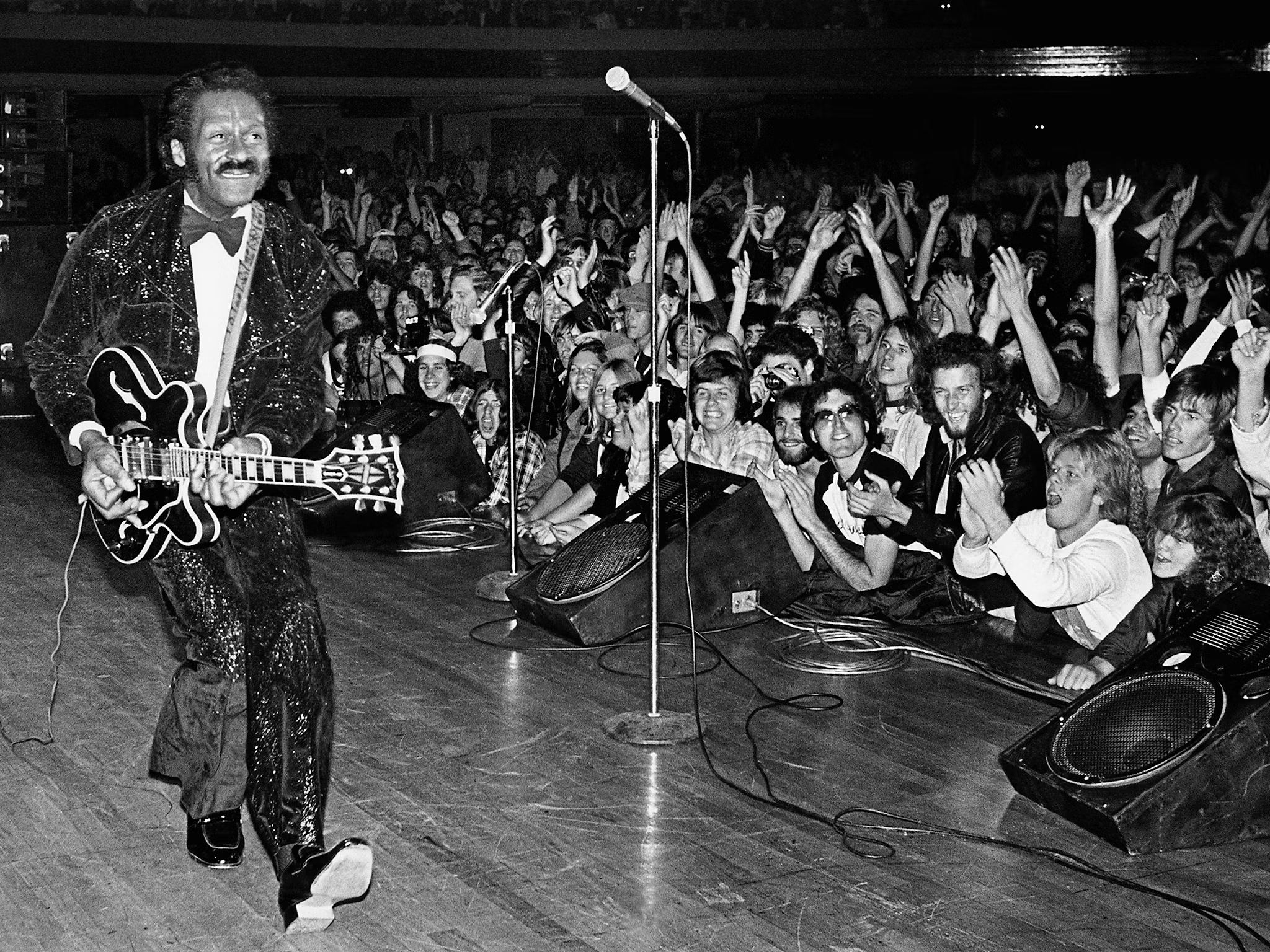Music charts have long served as a barometer for the success and popularity of songs and artists. From the early days of radio to the digital streaming era, these charts have adapted to the changing terrain of the music industry. Over the decades, various factors, such as technological advancements, consumer habits, and industry practices, have shaped how music is ranked and consumed. Let’s explore how music charts have evolved and the key shifts that have impacted the way we discover and enjoy music.
1. The Birth of Music Charts: 1940s-1950s
The concept of music charts dates back to the 1940s, when Billboard magazine first introduced the “Hit Parade” in 1936. However, it wasn’t until 1940 that the magazine began tracking weekly song rankings based on radio airplay and record sales. Initially, the charts were dominated by swing bands and crooners, reflecting the popular tastes of the post-war era.
In the 1950s, the rise of rock ‘n’ roll changed the music terrain, and so did the charts. Artists like Elvis Presley and Chuck Berry dominated the airwaves, leading to the creation of genre-specific charts. The Billboard Hot 100, introduced in 1958, became a defining chart for popular music and marked the beginning of a more modern approach to tracking hits. These early charts reflected the cultural shift toward youth-driven music and highlighted the growing influence of radio on music consumption.
2. The Digital Revolution: 1990s-2000s
The 1990s ushered in a new era for music, driven by the explosion of digital technology. With the rise of the internet and the introduction of digital downloads, traditional record sales became less significant, and digital sales began to influence chart rankings. In 1999, the introduction of Napster and the subsequent rise of file sharing reshaped how music was distributed and consumed, marking a major turning point for the music industry.
The introduction of iTunes in 2001 further changed the game by allowing consumers to purchase individual tracks instead of entire albums. As a result, the Billboard charts began incorporating digital sales data, and a new type of music charting emerged. During this period, the dominance of physical formats like vinyl and CDs slowly gave way to digital downloads, changing not only how artists sold their music but also how they were ranked on the charts.

3. Streaming Era: 2010s- Present
In the 2010s, streaming platforms like Spotify, Apple Music, and YouTube changed the way people listen to music. As streaming became the dominant method for music consumption, it dramatically altered the way songs were ranked. Unlike previous eras, where physical and digital sales played a central role in charting, streaming now accounts for a significant portion of chart rankings.
The introduction of streaming data into music charts revolutionized the industry, with platforms like Spotify and Apple Music offering an unprecedented level of accessibility to music. Billboard’s decision to incorporate streaming data into its Hot 100 chart in 2013 was a pivotal moment, signaling a shift towards a more inclusive ranking system that took into account streaming activity alongside traditional sales. As a result, artists now have the ability to gain chart success with streaming alone, democratizing music success and making it easier for emerging artists to gain attention.

4. The Future of Music Charts: What’s Next?
As we look to the future, the evolution of music charts is likely to continue adapting to new technologies and trends. The integration of social media platforms like TikTok into the music industry is already reshaping how songs gain popularity and chart success. Songs that go viral on TikTok can often experience a surge in streaming numbers, which directly impacts their chart performance.
Another emerging trend is the rise of algorithmic playlists, which curate music based on user preferences. These playlists have become a major force in music discovery and have already begun influencing the success of songs on the charts. In the future, charts may take into account a broader range of metrics, including social media engagement and playlist placements, to provide a more holistic view of an artist’s popularity.


